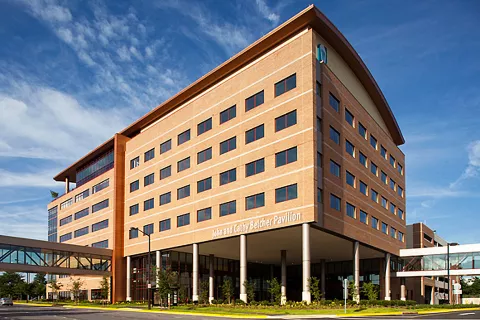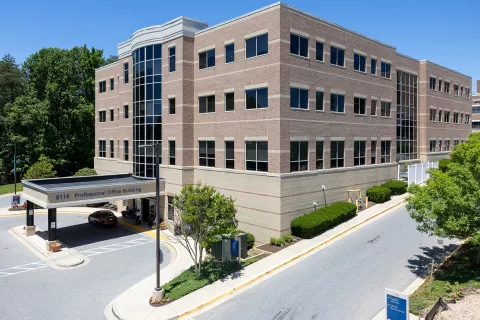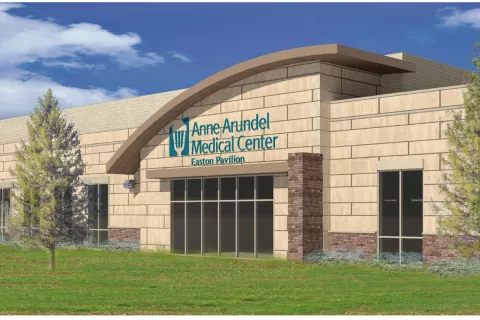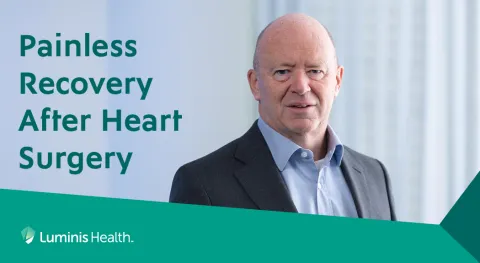Today, there are more weight loss surgery options than ever before. One of the most common is gastric bypass.
Wondering if gastric bypass or another bariatric surgery might be right for you? Attend one of our many free weight-loss surgery seminars to learn more.
The Benefits of Gastric Bypass Surgery
Patients who have gastric bypass surgery typically lose 65-70% of their excess body weight within the first 12 months. Statistically, it is the most effective weight-loss surgery.
In addition to weight loss, gastric bypass can reduce chronic conditions that commonly accompany obesity, such as type 2 diabetes, high blood pressure and obstructive sleep apnea. In the long run, you can save money on prescription drugs, doctor visits and hospital stays.
How Gastric Bypass Works
Laparoscopic gastric bypass is an effective, permanent option for weight-loss surgery.
For this procedure, your surgeon creates a small stomach pouch and directly attaches it to a lower section of your small intestine.
With a smaller stomach pouch, you feel full sooner and stay full longer. As you eat less food, your body stops storing excess calories and starts using its fat supply for energy.
Gastric bypass surgery doesn't change the way your body digests food. Instead, food spends less time in the small intestine, which may help reduce the amount of fat and calories your body absorbs. The surgery also changes the way some of your hormones work, which can lessen your hunger.
How One-Anastomosis Gastric Bypass Works
Luminis Health is the only program in Maryland to offer one-anastomosis gastric bypass, a variation on gastric bypass. It is the newest form of weight loss surgery.
Using a stapling device, your surgeon creates a small pouch from the stomach and connects it to the small bowel. Unlike in gastric bypass, there is only one connection to the small intestine. This makes the procedure less invasive and requires less time in the operating room. After the surgery, patients feel fuller faster and absorb less fat and fewer calories.











